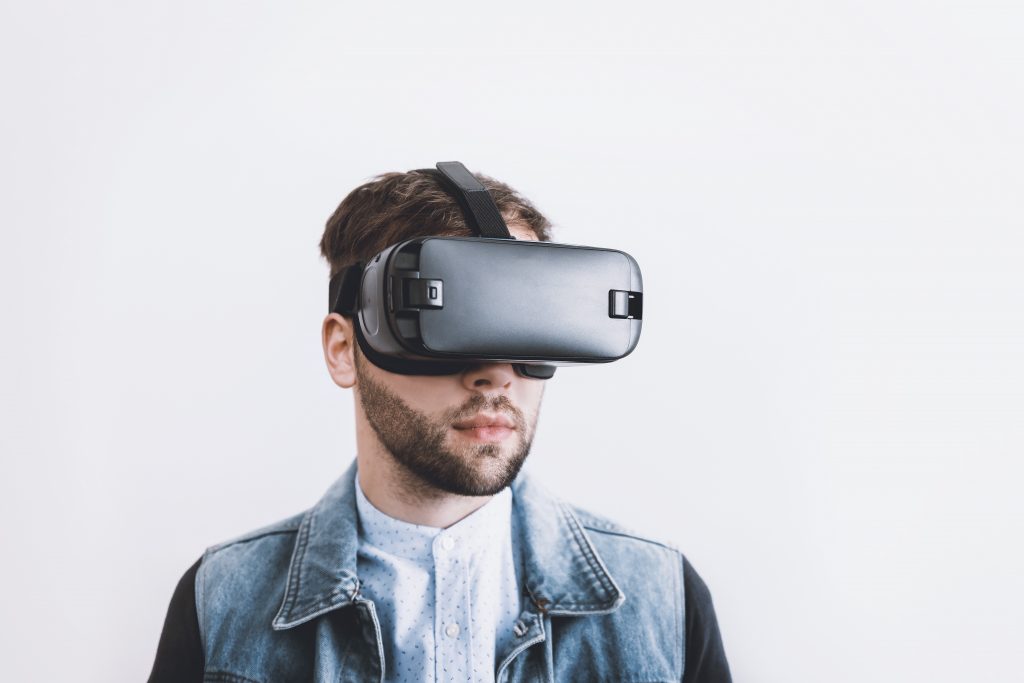Teachers are always looking for new and exciting ways to not only engage students but to have them learn, understand, and retain important subject matter. With this focus, many educators are finding ways to incorporate escape rooms into their lessons as a way to cognitively and creatively enhance students’ growth. It is this topic that Dr. George Thayer, who recently completed his dissertation to receive a Doctorate in Educational Technology degree at CMU, researched extensively. Specifically, he was interested in how augmented reality (AR) technologies could allow for digital escape rooms. He was drawn to the use of AR because of its improving and widely-available technology for the average user.
Findings from Thayer’s dissertation demonstrated that participants had increased cognitive ability after working through problem-solving activities present in augmented reality escape rooms. In addition to seeing an increase in cognitive levels, participants in Thayer’s study experienced a positive relationship between creativity levels and perseverance. Despite no significant increase in creative levels, these types of activities can still provide students with much-needed lessons in creative thinking, critical thinking, problem-solving, and grit. Thayer asserts that it may be possible to see an increase in overall creative thinking with more time indicating that if teachers utilize this type of instructional design many times over the course of a semester, there could be more positive results for students. Thayer believes that “AR escape rooms provide the opportunity to educators to customize the content, assessment mile-markers, and scaffolding for students. And this can all be done in the classroom or at home at the student’s convivence.”
As classroom technologies increase and become more widely available, teachers should consider using augmented reality within their pedagogy. This high-end technology has already been in other fields such as medicine and aviation for over a decade. Thayer believes that this type of technology can allow students to face their fears, break down barriers to creativity, and be motivated by the “game” of it all. Additionally, he hopes that “educators can start looking beyond the book more and put visual, sound and interactivity to theorems and algorithms with the use of AR.”
To learn more about Dr. Thayer, his work, or his background, please visit http://www.thayerweb.com.

